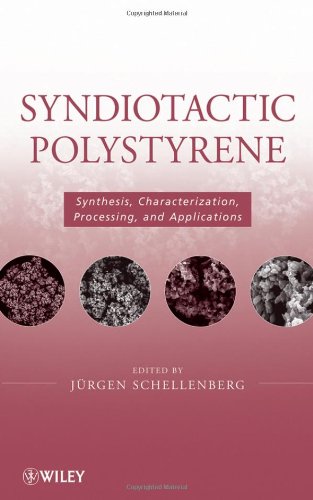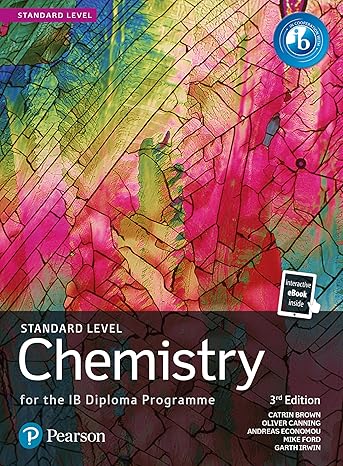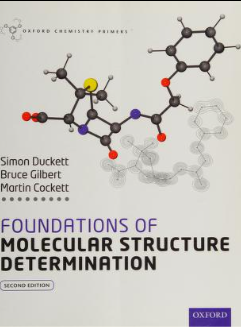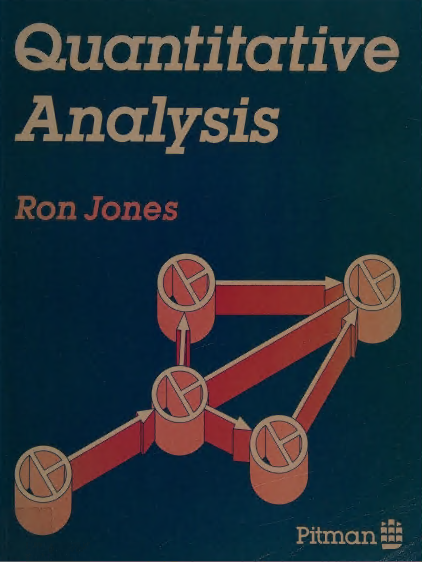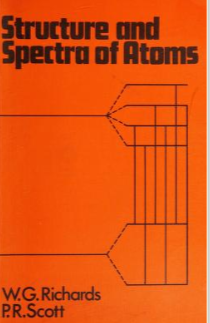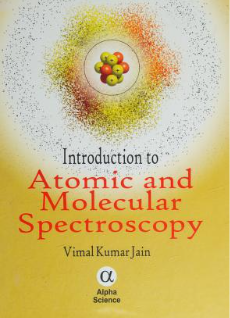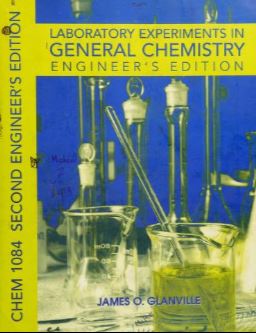REFERENCES 1. Lebaron , P. C. , Wang , Z. , Pinnavaia , T. Polymer - layered silicate nanocomposites: An overview . Appl. Clay Sci. , 15 , 11 – 19 ( 1999 ). 2. Giannelis , E. P. , Krishnamooorti , R. , Manias , E. Polymer - silicate nanocomposites: Model systems for confi ned polymers and polymer brushes . Adv. Polym. Sci. , 138 , 107 – 147 ( 1999 ). 3. Kojima , Y. , Usuki , A. , Kawasumi , M. , Okada , A. , Kurauchi , T. , Kamigaito , O. Synthesis of nylon 6 - clay hybrid by montmorillonite intercalated with ε - caprolactam . J. Polym. Sci. Part A: Polym. Chem. , 31 , 983 – 986 ( 1993 ). 4. Kojima , Y. , Usuki , A. , Kawasumi , M. , Okada , A. , Kurauchi , T. , Kamigaito , O. One - pot synthesis of nylon 6 - clay hybrid . J. Polym. Sci. Part A: Polym. Chem. , 31 , 1755 – 1758 ( 1993 ). 5. Yano , K. , Usuki , A. , Okada , A. , Kurauchi , T. , Kamigaito , O. Synthesis and proper�ties of polyimide - clay hybrid . J. Polym. Sci. Part A: Polym. Chem. , 31 , 2493 – 2498 ( 1993 ). 6. Lee , D. C. , Jang , L. W. Preparation and characterization of PMMA - clay hybrid composite by emulsion polymerization . J. Appl. Polym. Sci. , 61 , 1117 – 1122 ( 1996 ). 7. Vaia , R. A. , Vasudevan , S. , Krawiec , W. , Scanlon , L. G. , Giannelis , E. P. New polymer electrolyte nanocomposites: Melt intercalation of poly(ethylene oxide) in mica - type silicates . Adv. Mater. , 7 , 154 – 156 ( 1995 ). 8. Burnside , S. D. , Giannelis , E. P. Synthesis and properties of new poly(dimethylsiloxane) nanocomposites . Chem. Mater. , 7 , 1597 – 1600 ( 1995 ). 9. Lim , Y. T. , Park , O. O. Rheological evidence for the microstructure of intercalated polymer/layered silicate nanocomposites . Macromol. Rapid Commun. , 21 , 231 – 235 ( 2000 ). 10. Park , C. I. , Park , O. O. , Lim , J. G. , Kim , H. J. The fabrication of syndiotactic polystyrene/organophilic clay nanocomposites and their properties . Polymer , 42 , 7465 – 7475 ( 2001 ). 11. Park , C. I. , Kim , M. H. , Park , O. O. Effect of heat treatment on the microstructural change of syndiotactic polystyrene/poly(styrene - co - vinyloxazolin)/clay nanocom�posite . Polymer , 45 , 1267 – 1273 ( 2004 ). 12. Lee , J. W. , Lim , Y. T. , Park , O. O. Thermal characteristics of organoclay and their effects upon the formation of polypropylene/organoclay nanocomposites . Polym. Bull. , 45 , 191 – 198 ( 2000 ). 13. Gilman , J. W. , Jackson , C. L. , Morgan , A. B. Jr. , Harris , R. , Manias , E. , Giannelis , E. P. , Wuthenow , M. , Hilton , D. , Phillips , S. H. Flammability properties of poly�mer - layered - silicate nanocomposites. Polypropylene and polystyrene nanocom�posites . Chem. Mater. , 12 , 1866 – 1873 ( 2000 ). 14. Park , C. I. , Choi , W. M. , Kim , M. H. , Park , O. O. Thermal and mechanical proper�ties of syndiotactic polystyrene/organoclay nanocomposites with different micro�structures . J. Polym. Sci. Part B: Polym. Phys. , 42 , 1685 – 1693 ( 2004 ). 15. Kim , M. H. , Park , C. I. , Choi , W. M. , Lee , J. W. , Lim , J. G. , Park , O. O. , Lee , J. M. Synthesis and material properties of syndiotactic polystyrene/organophilic clay nanocomposites . J. Appl. Polym. Sci. , 92 , 2144 – 2150 ( 2004 ).16. Wang , Z. M. , Chung , T. C. , Gilman , J. W. , Manias , E. Melt - processable syndiotac�tic polystyrene/montmorillonite nanocomposites . J. Polym. Sci. Part B: Polym. Phys. , 41 , 3173 – 3187 ( 2003 ). 17. Krishnamoorti , R. , Vaia , R. A. , Giannelis , E. P. Structure and dynamics of poly�mer - layered silicate nanocomposites . Chem. Mater. , 8 , 1728 – 1734 (
ادامه ...
بستن ...
